9 Flowers That Look Nice but Quickly Become a Nuisance
There are many flowers that seem perfect for a garden, but some can cause more harm than good. What starts as a lovely addition can end up being a headache. Some flowers are invasive, spreading far and wide with no regard for other plants. Others can be difficult to maintain and even cause issues with pests. Here are a few you should consider carefully before planting.
This post may contain affiliate links, which helps keep this content free. Please read our disclosure for more info.
Morning Glory

Morning Glory may offer stunning blooms that are vibrant and eye-catching, but this flower comes with a catch. It is notorious for being a fast grower, often overtaking fences, trellises, and other plants. While its flowers are lovely, they often lead to a tangled mess of vines, which can smother nearby plants. The seeds can spread easily, leading to self-sowing and a never-ending cycle of growth.
The quick growth and spreading nature of Morning Glory can quickly turn your carefully planned garden into chaos. It requires constant upkeep and can be difficult to keep under control. While it looks beautiful for a short time, it is not always worth the effort. If you want a climbing flower, opt for something less invasive that does not take over your entire garden.
Japanese Knotweed
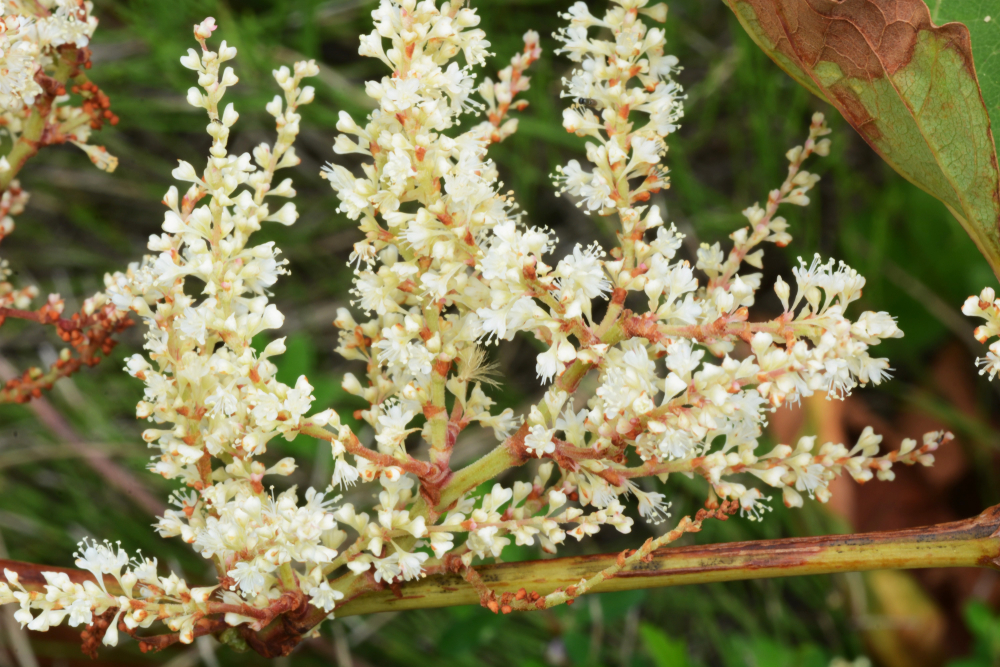
Japanese Knotweed is one of the most troublesome plants you can introduce to your garden. While it may seem harmless at first, it has an aggressive growth pattern that spreads quickly and dominates any space it inhabits. It can grow through cracks in pavements and even damage the foundation of buildings, making it highly invasive.
This plant is often listed as a noxious weed in many areas due to its destructive nature. Its root system is deep and resilient, making it almost impossible to remove entirely. For a garden that thrives without constant battle, it is best to steer clear of Japanese Knotweed. The hassle it causes far outweighs its initial appeal.
Creeping Jenny
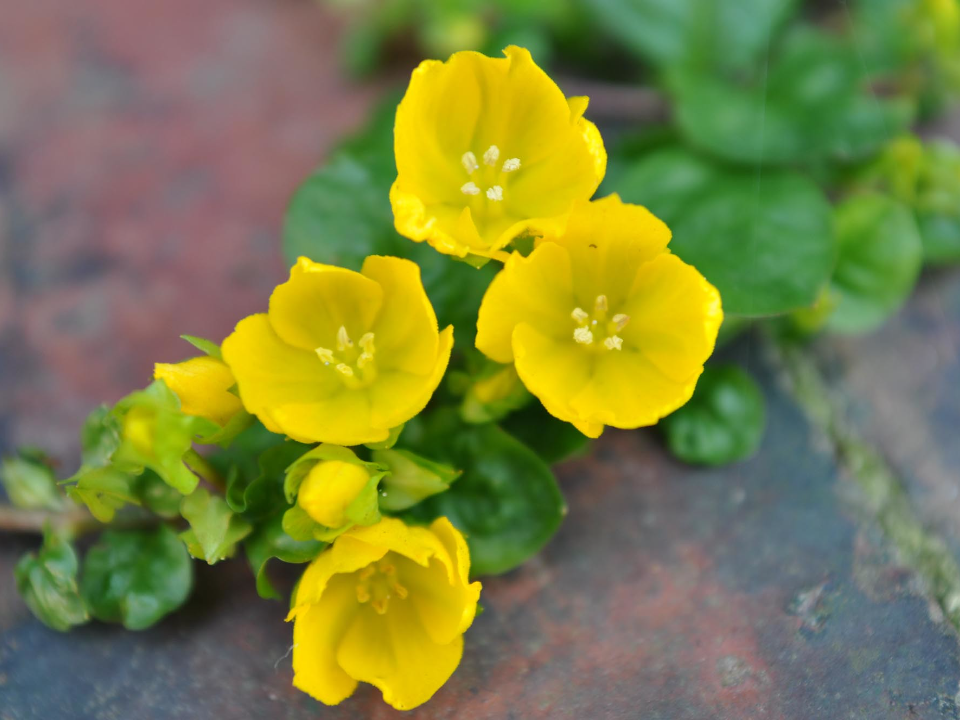
Creeping Jenny might seem like an attractive ground cover plant, but it is often more trouble than it is worth. While it spreads quickly, covering large areas with a lush green carpet, it can easily become invasive. It tends to creep into neighboring flower beds and crowd out other plants, leading to a lack of biodiversity in your garden. Once established, it is tough to get rid of.
The plant thrives in both sun and shade, which makes it appealing for a variety of garden conditions. However, its aggressive spreading nature can take over, leaving little room for other plants to grow. If you are looking for a ground cover that stays within its bounds, it is better to choose a more controlled variety.
Foxglove
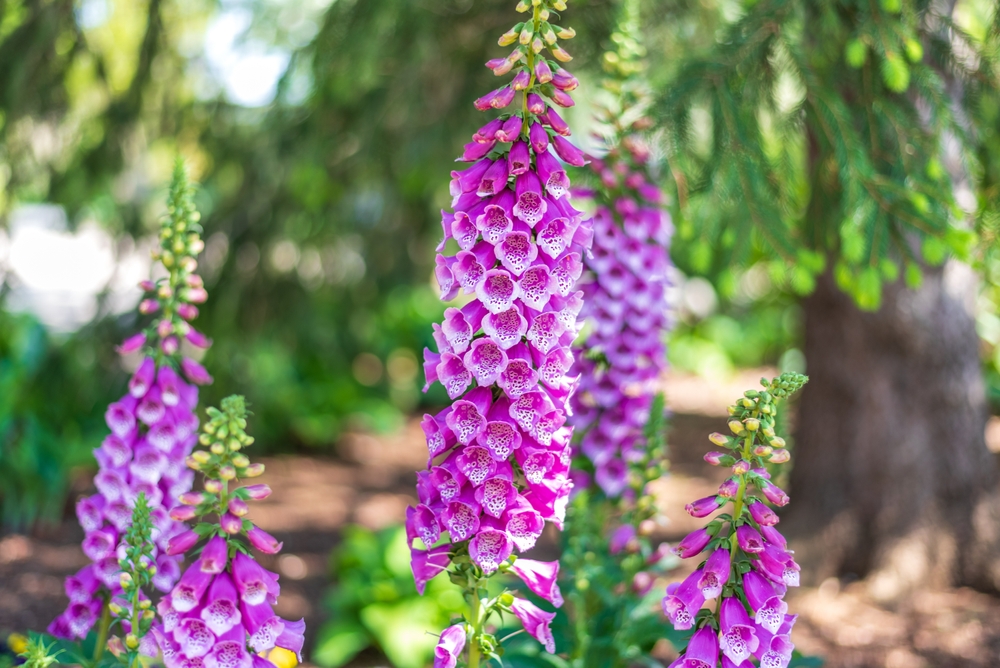
Foxglove is known for its tall spires of beautiful flowers, but it can be problematic for some gardeners. The plant is biennial, meaning it only flowers in its second year, and then it may go dormant for another round of growth. Its seeds spread easily, making it a challenge to control once it is planted.
While foxglove is often admired for its stunning flowers, it can become a nuisance in a garden that requires neatness and organization. The plant is also toxic, which can be a concern if you have pets or children. If you are not prepared to deal with its spreading nature, it may not be the best choice for your garden. Consider other plants that provide similar beauty without the added maintenance.
Black-eyed Susan
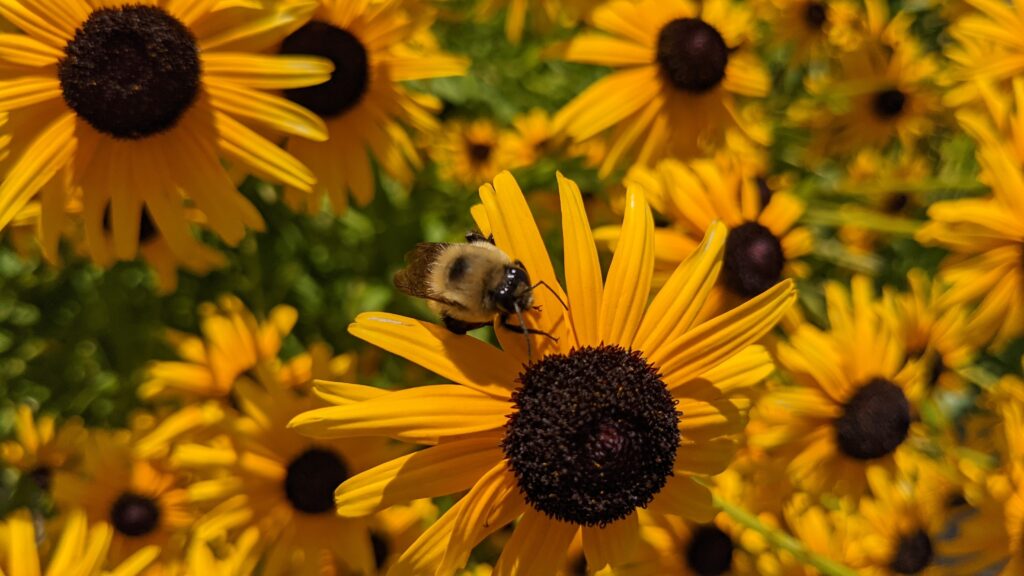
Black-eyed Susan is a bright and cheerful flower, often seen in wildflower gardens, but it can be invasive in certain conditions. While it self-seeds and produces numerous flowers, it can quickly spread throughout the garden and crowd out other plants. It has a tendency to grow in clusters, dominating spaces and reducing the diversity of your garden. While not as aggressive as other plants, it is still a concern for gardeners who prefer a balanced space.
Although Black-eyed Susan can be a great addition to a wildflower garden, it may not be the best plant for more cultivated gardens. Its spreading nature means that it can become overwhelming if not kept in check. Regular maintenance and careful planning are needed to prevent it from becoming a garden intruder.
Himalayan Balsam
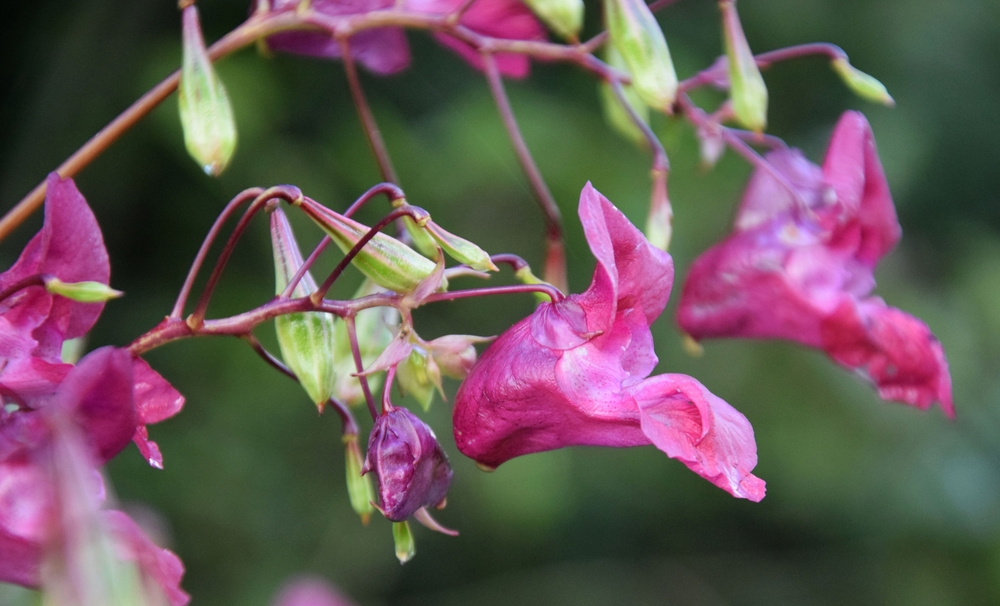
Himalayan Balsam may seem like a beautiful addition to any garden, but it is one of the most invasive species around. The plant grows quickly, with large, colorful flowers that attract attention. However, its rapid growth and tendency to spread by seed can cause it to crowd out native plants.
Once Himalayan Balsam is established, it can be difficult to remove. Its seeds are ejected with force, traveling far and wide to new areas. If you live in an area where this plant is considered invasive, it is best to avoid planting it altogether. Look for alternatives that do not pose such a threat to the environment.
Sweet Autumn Clematis
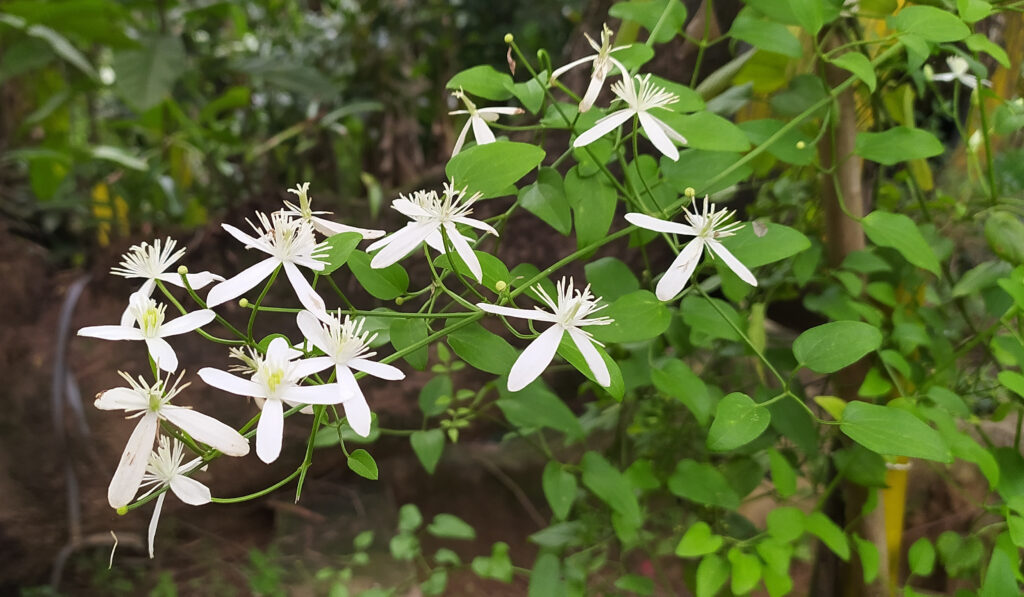
Sweet Autumn Clematis is a fast-growing vine that produces small, fragrant white flowers, making it an attractive option for vertical gardens. However, it is known for being incredibly invasive and can easily take over fences, walls, and even trees. It spreads rapidly and can outcompete other plants for light and space.
While it can be beautiful when in bloom, Sweet Autumn Clematis often requires constant maintenance to prevent it from overwhelming your garden. It is not the best choice for gardeners who want a low-maintenance vine. If you decide to grow it, consider planting it in an area where it can be confined and regularly pruned. Otherwise, it will quickly grow out of control.
Purple Loosestrife
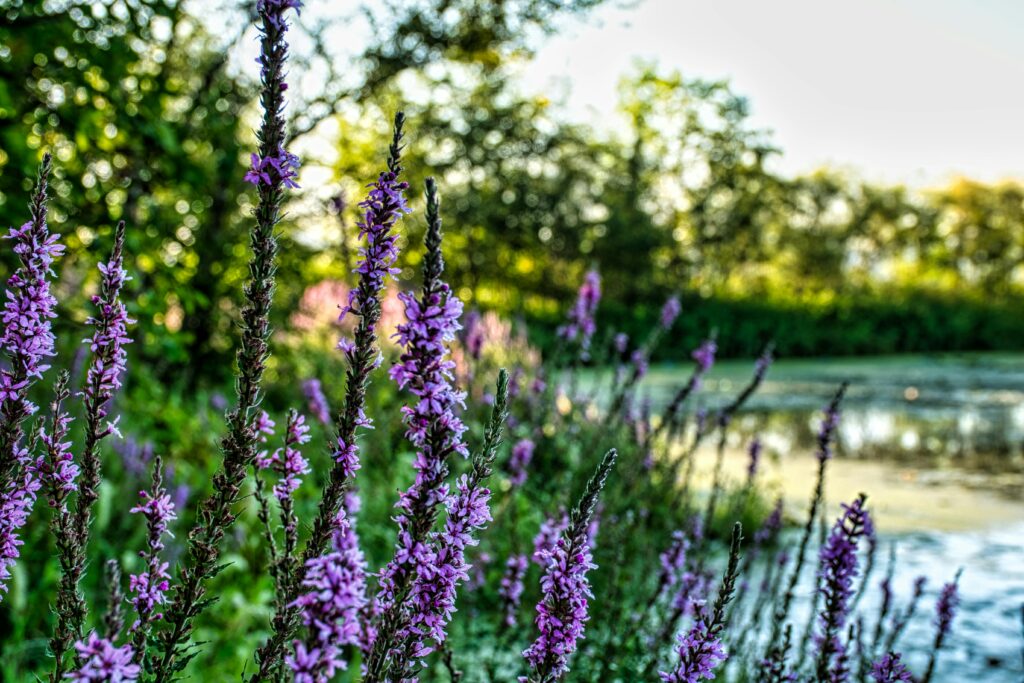
Purple Loosestrife is an attractive plant that blooms with vibrant purple flowers, making it appealing for any garden. Unfortunately, it is also highly invasive and can quickly dominate wetlands and moist garden areas. Once it establishes itself, Purple Loosestrife can crowd out native plant species, disrupting the local ecosystem. It spreads through both seeds and root fragments, making it difficult to control once it gets started.
This plant can grow in dense clusters, blocking sunlight and creating monocultures that limit biodiversity. In areas where it is considered invasive, there are often restrictions on planting it. For gardeners who love its beauty, it is essential to consider its potential impact on the environment. Look for other perennials that offer similar beauty without the ecological risk.
Snowdrop
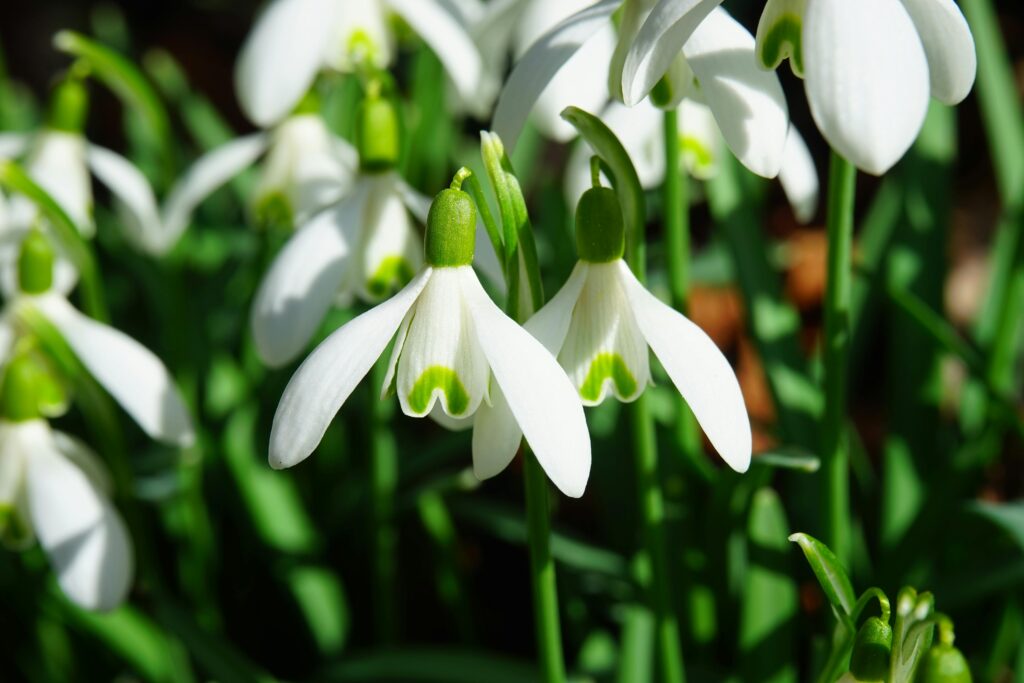
Snowdrop flowers are lovely and a sure sign that spring is on the way, but they can cause problems when planted in large quantities. While they spread slowly, Snowdrops tend to naturalize and create dense patches over time. Their spreading nature may lead to them taking over garden beds, pushing out other plants in the process. They also do not mix well with many other types of flowers, as their bulbs can become overcrowded.
While Snowdrops are often a sign of the changing season, their tendency to overtake garden spaces makes them difficult to manage. Regular thinning is needed to keep their spread under control. If you prefer a more organized and balanced garden, Snowdrops may not be the best choice.
This article originally appeared on Avocadu.
